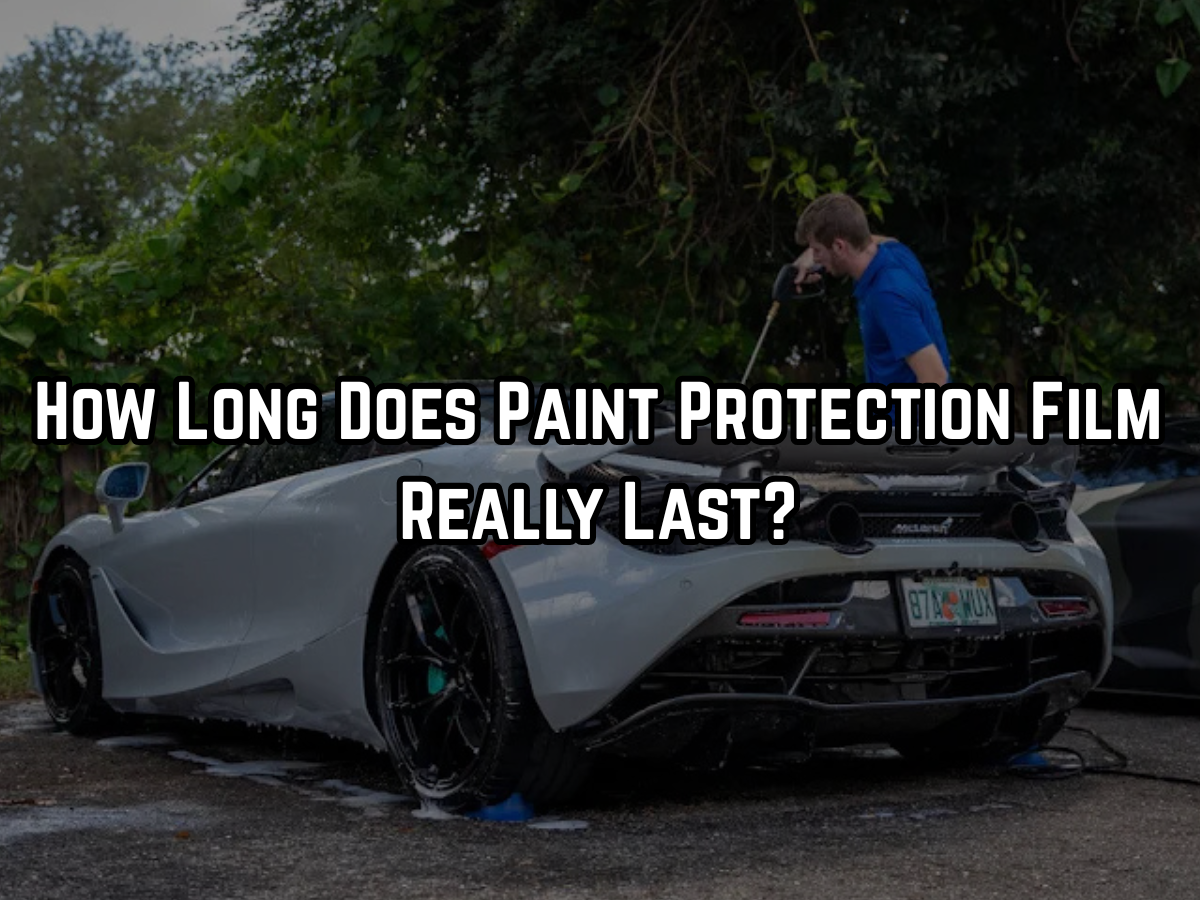Can Window Tint Improve Gas Mileage?
Short answer: Yes, it can help — but not in the way most people think.
Window tint won’t magically turn your car into a hybrid, but it can reduce fuel use by keeping your cabin cooler and easing the load on your air conditioning system. The difference might not be huge, but over time, especially in hot climates, it adds up.
Let’s break it down in simple terms.
Key Takeaways
- Window tint reduces heat inside the car by blocking UV and infrared rays.
- Less heat = Less A/C usage, which slightly improves gas mileage.
- The effect is more noticeable in hot, sunny areas.
- Ceramic and carbon films work better than dyed or basic tints.
- Tint won't boost MPG directly, but it helps your car run more efficiently.
How Can Tint Help Save Fuel?
It All Comes Down to Cabin Temperature. When your car heats up under the sun, your air conditioner has to work harder. That means your engine burns more fuel to power the A/C compressor. Window tint blocks solar energy, especially infrared rays (IR), which are responsible for most of the heat that builds up inside your car.
Here’s a basic comparison of how different tint types perform:
| Tint Type | Blocks Infrared (Heat) Rays | Effect on A/C Load |
|---|---|---|
| Dyed | Low (10-30%) | Minimal |
| Metalized | Medium (40-60%) | Moderate |
| Carbon | High (up to 70%) | Strong |
| Ceramic | Very High (up to 85-95%) | Strong |
Ceramic tint is the top performer when it comes to reducing cabin heat. Less heat = less need for max A/C blast = less fuel used.
A/C Load and Fuel Consumption: What's the Link?
Every time you crank up the air conditioning, your engine works harder to run it. That affects your miles per gallon (MPG). According to the EPA, running A/C in very hot conditions can lower a car’s fuel economy by up to 25%, especially during stop-and-go driving. By cutting heat before it enters the car, tinted windows reduce how long and how hard your A/C has to run.
Is It Worth Tinting Just for MPG?
If you’re only thinking about tint for better gas mileage, the payoff might feel small. But when you factor in:
- Comfort
- Interior protection
- Reduced eye strain
- Privacy
- Fuel savings
…it becomes a smart all-around upgrade.
And in hot areas or for people who drive a lot, those small MPG gains start adding up fast.
Short Recap
- Window tint helps reduce fuel use by easing the A/C load, especially in hot climates.
- Ceramic and carbon films are your best bet for actual MPG benefits.
- Not a magic solution, but a helpful piece of the fuel-saving puzzle.




